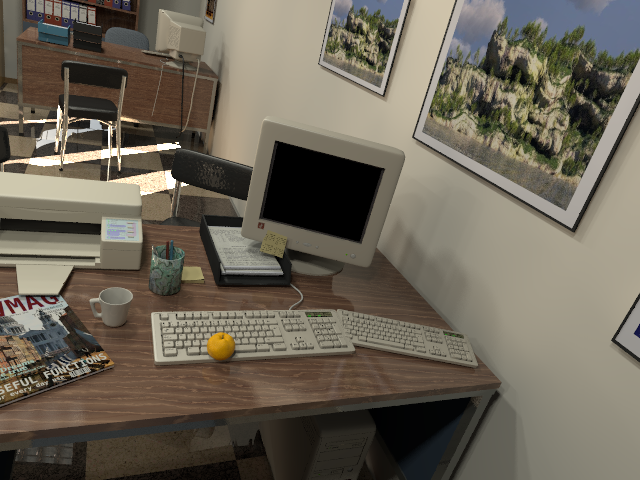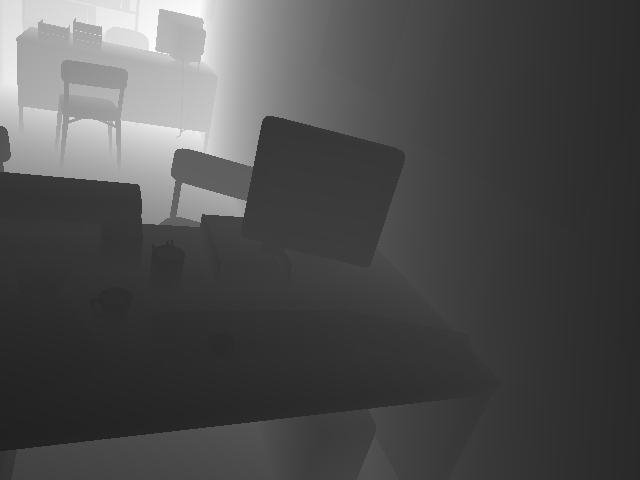| We are grateful to ERC for their funding and our colleagues Hauke Strasdat, Steven Lovegrove and Margarita Chli and Thomas Pock for fruitful discussions and exchange of ideas. Our acknowledgments must also go to POVRay artist Jaime Vives Piqueres whose open source scene model we have been using. His advice and suggestions regarding tweaking of his code and prompt replies of our emails demanding various explanations, have been very helpful. |



